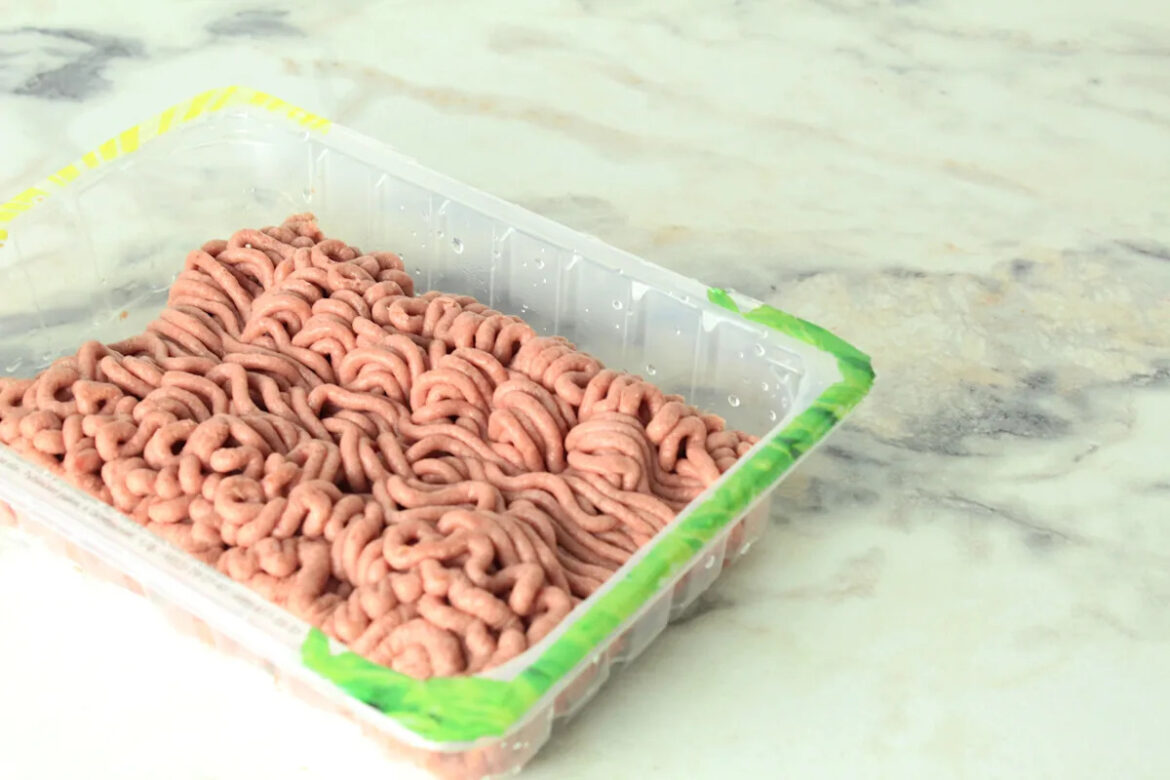As the food journalist in my circle of friends, I’ll often get texts asking my advice about everything from groceries to food prep and recipes. Today, an old friend texted me for some recipe advice and in the context of the conversation, mentioned that the chicken she was going to make for dinner tonight was still frozen.
I assured her that it was totally fine to cook it from frozen (I do that all the time!), and she responded “I’ll just leave it on the counter for a few hours to thaw a bit first.”
At the risk of embarrassing my friend, if she happens to be reading this, don’t let yourself become a cautionary tale: Thawing on the counter, whether for a few hours or longer, is never a great idea.
Thawing on the counter is super dangerous because bacteria multiplies rapidly, and food can enter that “danger zone” (temperature range between 40°F (4°C) and 140°F (60°C)) a lot sooner than you may imagine.
You’re also risking serious cross-contamination as thawing food on the counter can create greater risk of that food contaminating other surfaces and foods in the kitchen.
Your best bet? Thawing in the refrigerator, using cold water, or using the microwave. So, what SHOULD my friend do? Here’s what I told her:
How Should You Thaw Food?
Look, we don’t all always plan ahead. Sometimes I go into a week knowing exactly what I’m making every night, and grocery shop or meal plan accordingly. Other times, not so much.
If I am planning ahead, I’ll take that meat out of the freezer the night before and put it in a bowl or a food storage container in the fridge. Unless it’s a giant piece of meat, say a turkey or a roast, it won’t need more than that one night to thaw. Don’t skip that bowl or food storage container part though: I do that because sometimes as it defrosts some juices are released and you absolutely don’t want to have to deal with that in your fridge without a vessel to catch it all.
If I didn’t plan ahead: It happens. And to be honest, I throw things in the air fryer frozen a few times a week. It’s fine! Growing up, my mom would sometimes defrost protein in the microwave (or “soften it up” as she would say) using the defrost setting. You have to be sure to cook food immediately after if you do this.
Many people also use a cold water method, which is a quick way of thawing. Just place the protein in a leak-proof bag or container and submerge in cold tap water. Change the water every 30 minutes to keep it cold and safe. (Avoid hot or warm water because this is a great way of getting into the aforementioned danger zone, as well.) Note: Food thawed this way needs to be cooked immediately as well, according to the FDA.
But honestly, you don’t have to pre-thaw, almost everything can be cooked from frozen if you account for additional cooking time. I’ve done this with everything from fish to poultry. If I’m using ground meat, just break it up in the skillet as you brown (it takes just minutes!).


Dining and Cooking